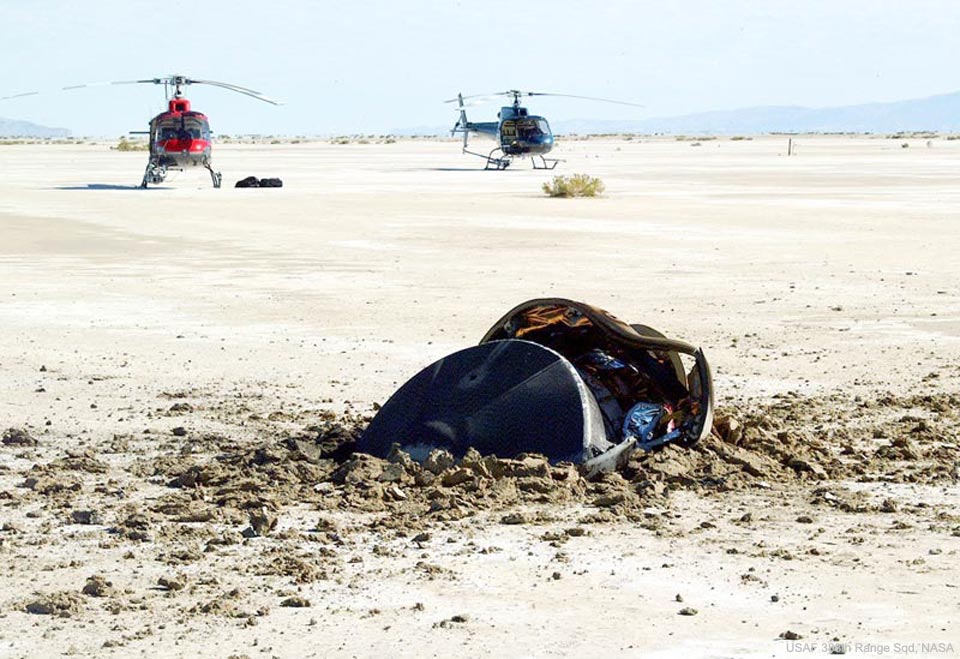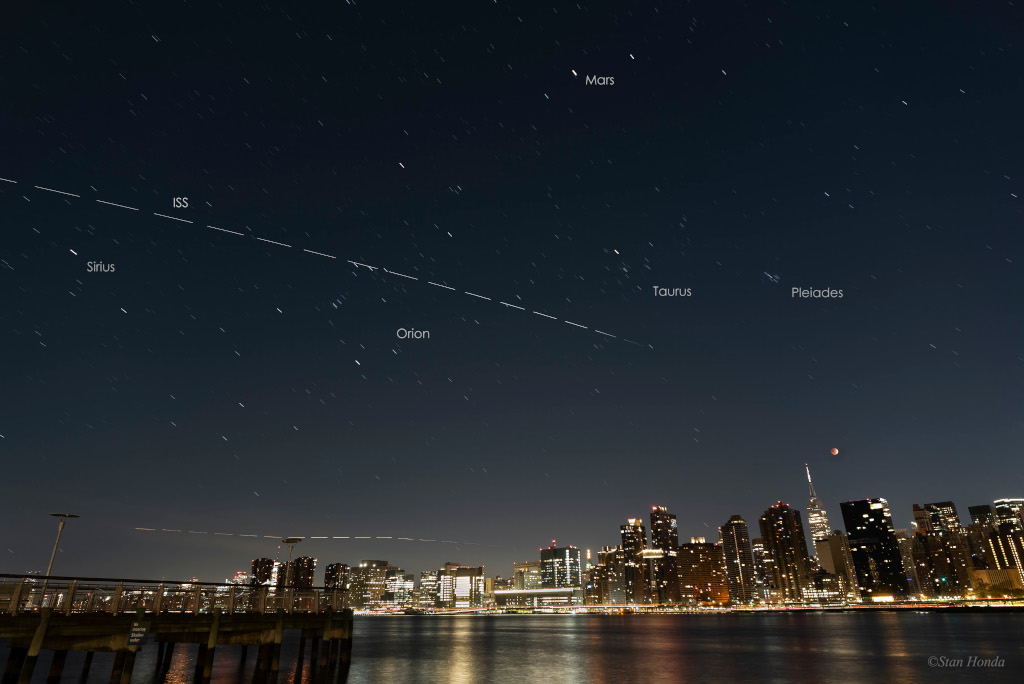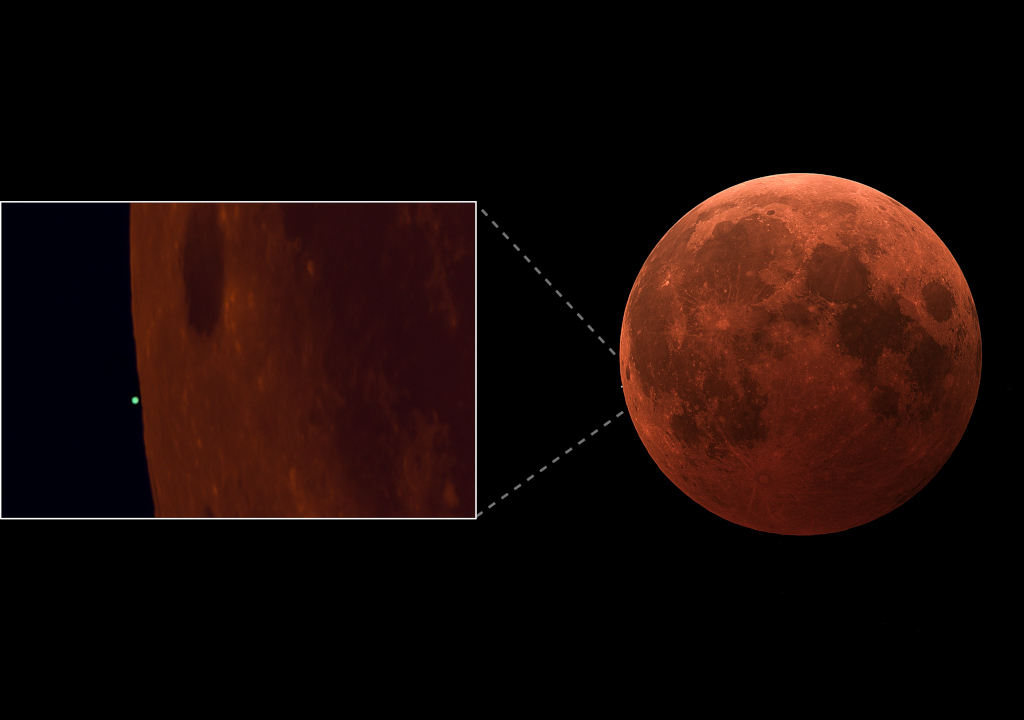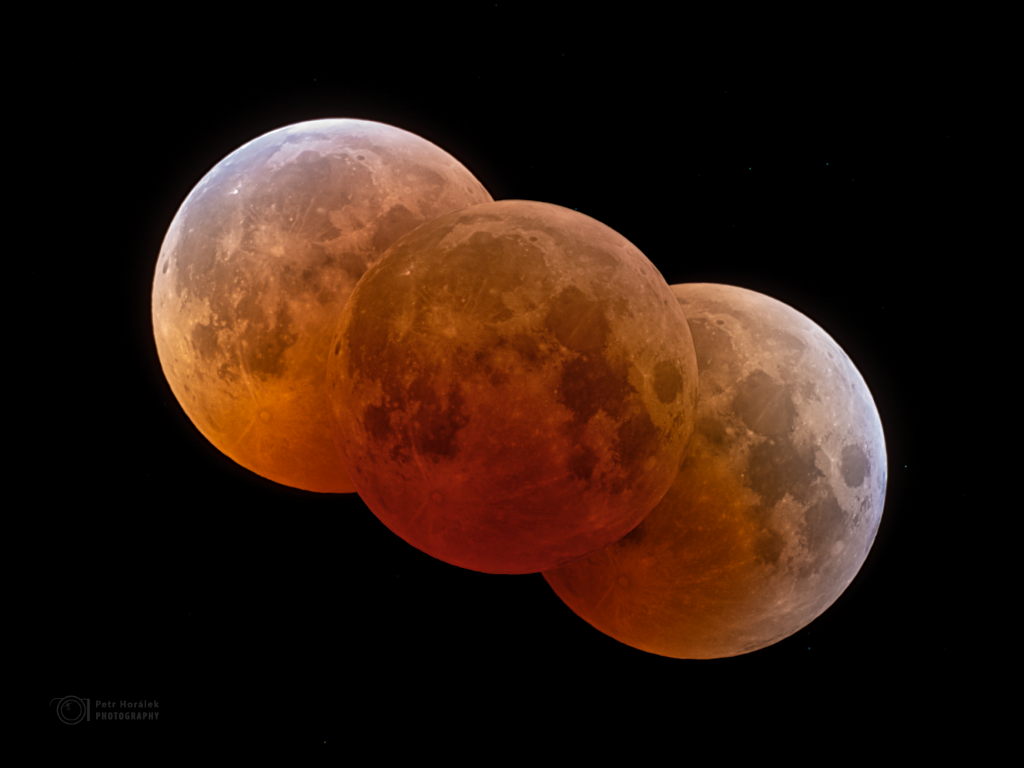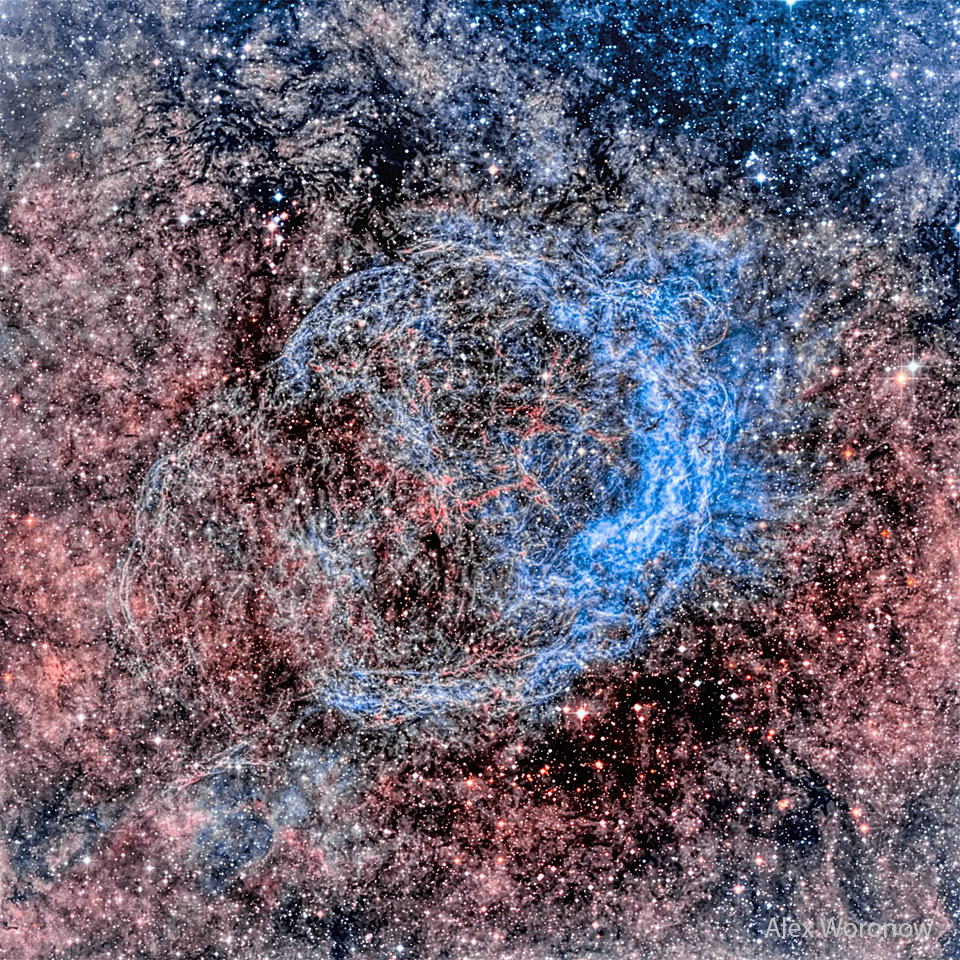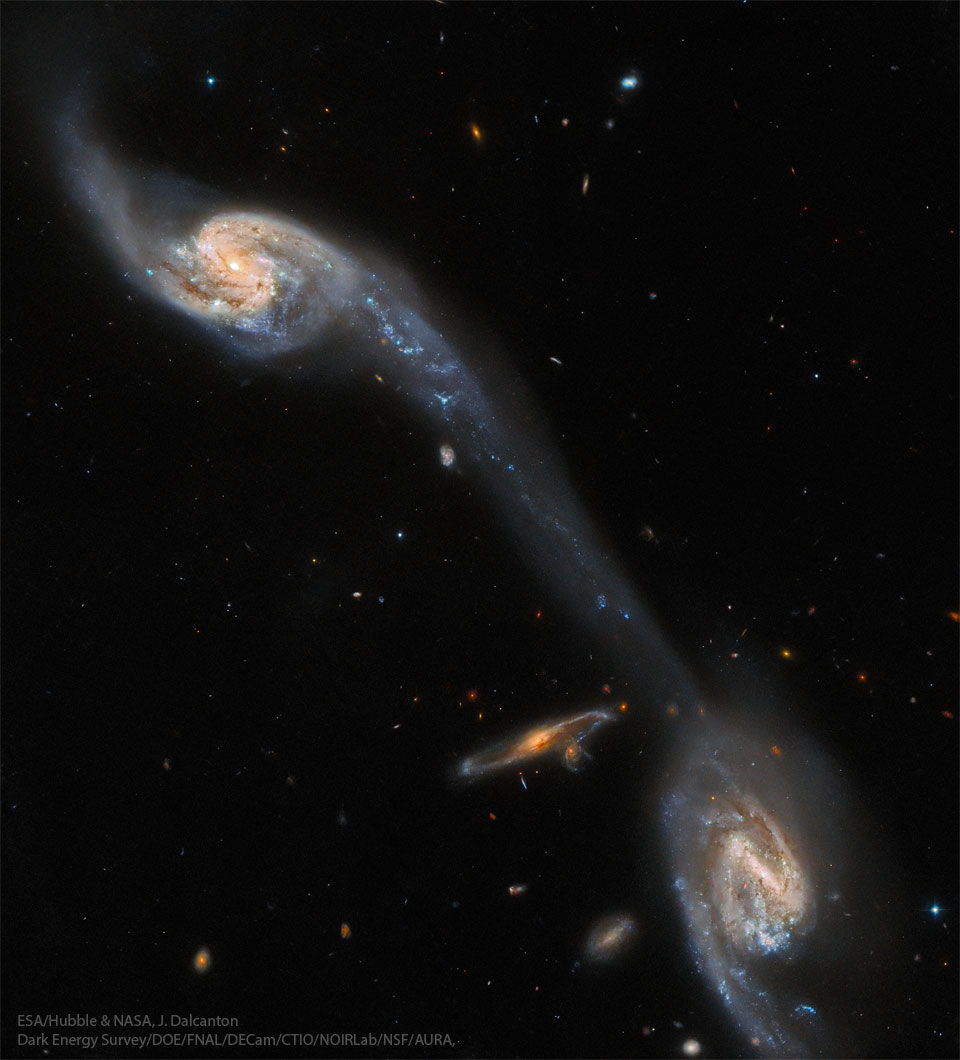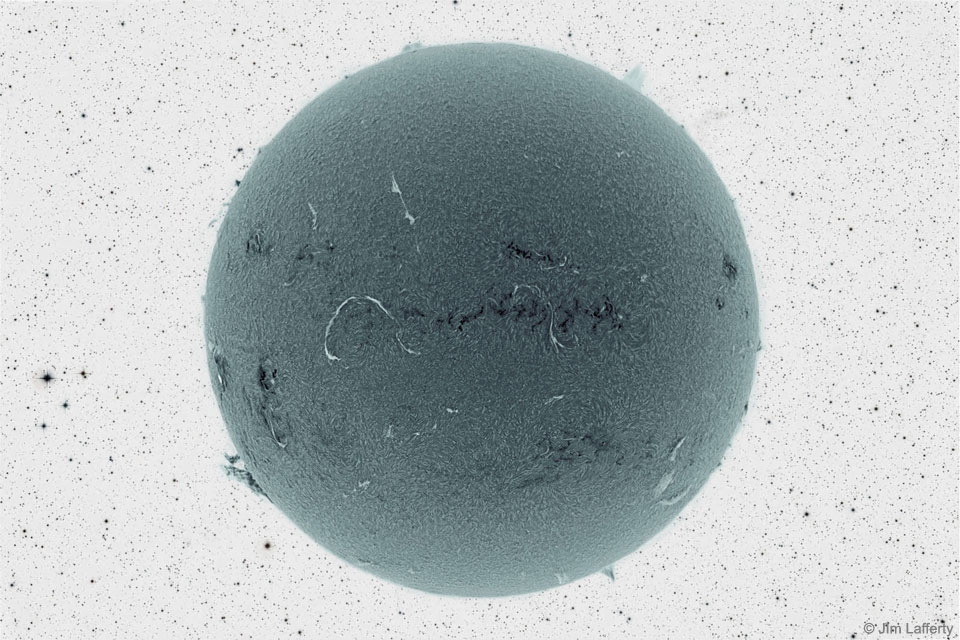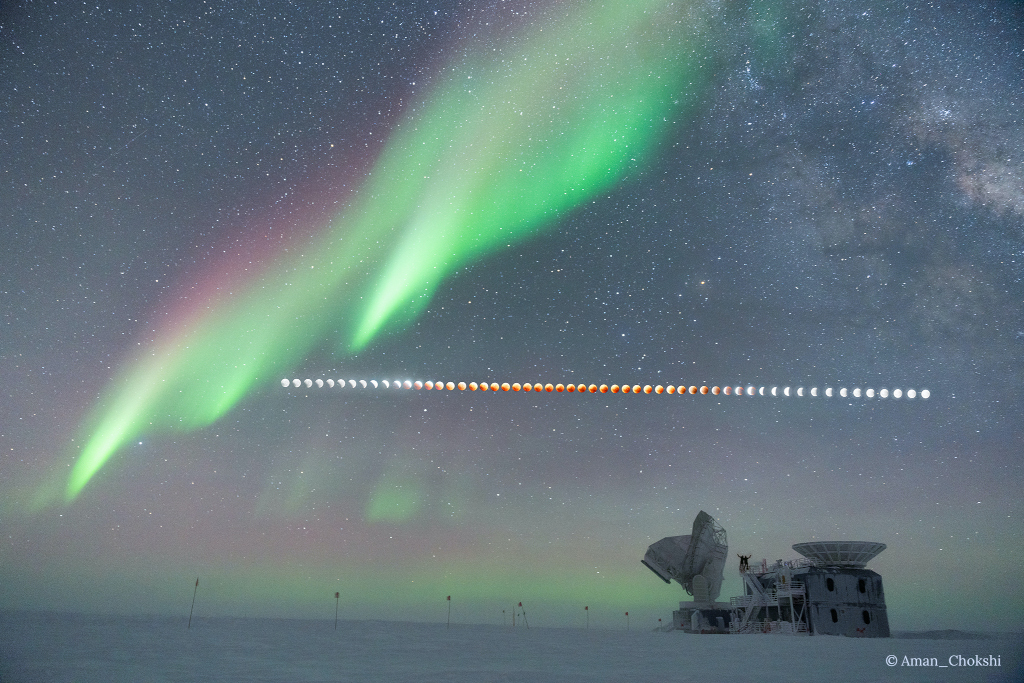NASA 오늘의 사진 (2022-11-14)
안녕하세요, 디큐입니다. 오늘은 NASA에서 어떤 우주의 모습을 비춰줄까요?
먼저 사진부터 감상하시죠!
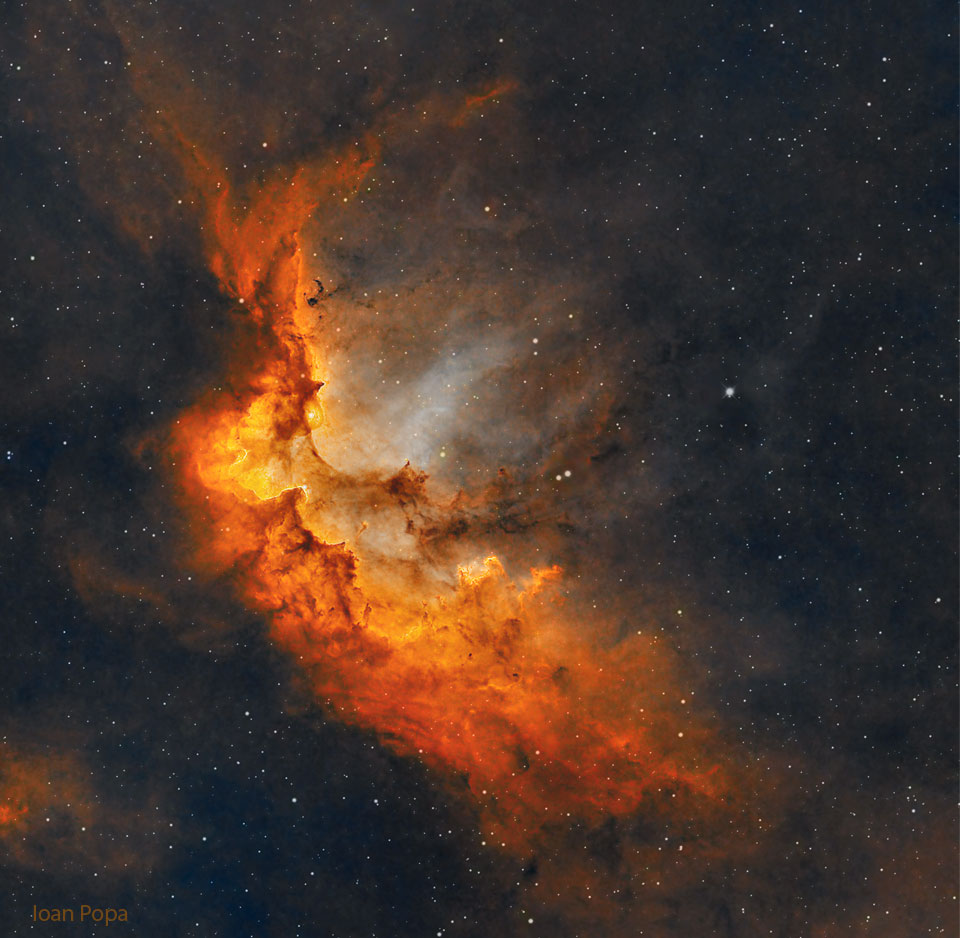
이 사진의 제목은 NGC 7380: The Wizard Nebula 입니다. NASA에서 공식적으로 제공한 설명을 보시죠.
What powers are being wielded in the Wizard Nebula? Gravitation strong enough to form stars, and stellar winds and radiations powerful enough to create and dissolve towers of gas. Located only 8,000 light years away, the Wizard nebula, featured here, surrounds developing open star cluster NGC 7380. Visually, the interplay of stars, gas, and dust has created a shape that appears to some like a fictional medieval sorcerer. The active star forming region spans 100 about light years, making it appear larger than the angular extent of the Moon. The Wizard Nebula can be located with a small telescope toward the constellation of the King of Aethiopia (Cepheus). Although the nebula may last only a few million years, some of the stars being formed may outlive our Sun.
오늘도 광활한 우주 앞에 인간이 얼마나 작은 존재인지 깨닫게 되네요.
저는 내일도 더 좋은 사진과 함께 돌아오겠습니다, 행복한 지구여행 되세요!
'free' 카테고리의 다른 글
| NASA 오늘의 사진 (2022-11-13) (0) | 2022.11.13 |
|---|---|
| NASA 오늘의 사진 (2022-11-12) (0) | 2022.11.12 |
| NASA 오늘의 사진 (2022-11-11) (0) | 2022.11.11 |
| NASA 오늘의 사진 (2022-11-10) (0) | 2022.11.10 |
| NASA 오늘의 사진 (2022-11-09) (0) | 2022.11.09 |
